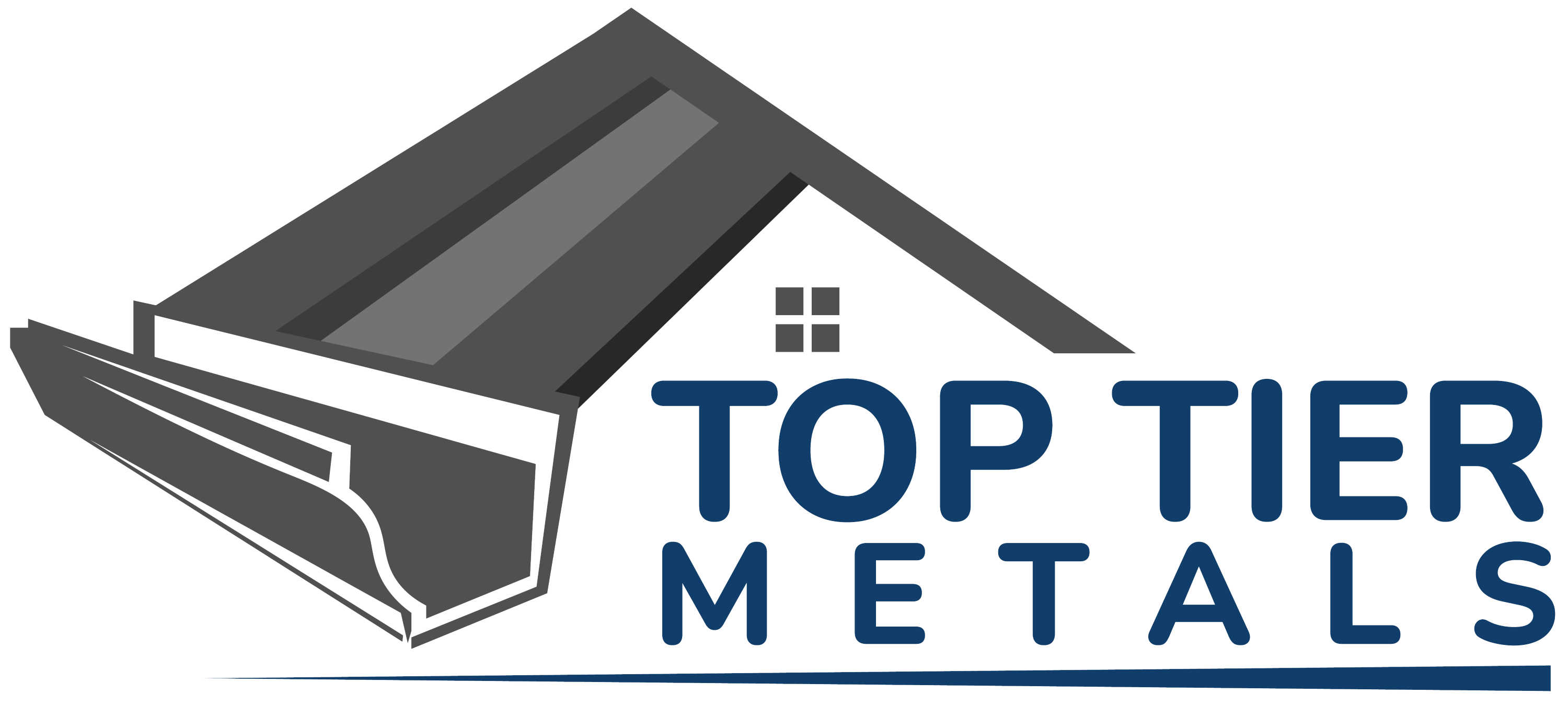A metal roof is one of the most durable and low-maintenance roofing options available—but low maintenance does not mean no maintenance. Regular inspection and upkeep are essential to ensure your metal roof continues to perform at its best, protecting your home from the elements and preserving its longevity and appearance.
Whether you installed your metal roof yourself or hired a professional, this comprehensive DIY maintenance guide will walk you through annual and seasonal steps to keep your roof looking and functioning like new for decades to come.
Why Metal Roof Maintenance Matters
Even though metal roofs are resistant to many problems like cracking, rotting, and insect damage, they are still exposed to:
-
Debris accumulation (leaves, branches, dirt)
-
Expansion and contraction with temperature changes
-
Occasional fastener loosening
-
Environmental pollutants and corrosive buildup (especially near coastlines)
-
Minor surface damage from hail, falling branches, or foot traffic
Routine maintenance prevents small issues from becoming costly repairs and protects your investment.
DIY Metal Roof Maintenance: Full Checklist
Annual Maintenance Checklist (Do Once Every Year)
-
Visual Inspection of the Entire Roof Surface
-
Walk around your home with binoculars or inspect from a safe ladder.
-
Look for discoloration, standing water, dents, scratches, or missing panels.
-
Check for fading or coating damage.
-
-
Inspect Fasteners and Seams
-
Look for loose screws, missing fasteners, or misaligned seams.
-
Check exposed fastener systems more closely (standing seam systems have fewer concerns here).
-
Tighten loose screws carefully using a drill with proper torque.
-
-
Clear Debris from the Roof and Gutters
-
Remove leaves, branches, dirt, and other debris that can trap moisture.
-
Clean gutters and downspouts to ensure proper drainage.
-
Pay special attention to valleys and lower sections where debris accumulates.
-
-
Check Flashings and Penetrations
-
Inspect around chimneys, vents, skylights, and edges.
-
Look for cracked sealant, rust, lifting flashing, or signs of leaks.
-
Reseal or repair flashing as needed with a compatible roofing sealant.
-
-
Examine Ridge Caps and Trim
-
Make sure ridge caps are intact and properly secured.
-
Check that gable, eave, and rake trims are undamaged and properly sealed.
-
-
Inspect and Maintain Paint/Coatings
-
Look for peeling, chalking, or flaking paint on coated metal roofs.
-
Minor scratches can often be touched up with manufacturer-approved paint pens.
-
-
Look for Signs of Corrosion
-
Check especially around cut edges, screws, and overlaps.
-
Surface rust should be addressed quickly by cleaning and applying protective coatings.
-
Seasonal Maintenance Checklist
Spring Maintenance (After Winter)
-
Inspect for damage caused by ice, snow, or freeze-thaw cycles.
-
Clear any remaining winter debris from valleys and gutters.
-
Check for flashing damage due to ice dams.
Summer Maintenance
-
Examine your roof for UV damage or coating deterioration.
-
Clean the roof gently if there's heavy dirt or pollen buildup.
-
Trim overhanging tree branches to minimize future debris and shading that can trap moisture.
Fall Maintenance (Before Winter)
-
Remove fallen leaves and ensure gutters are completely clean.
-
Inspect and touch up sealant if needed before snow and ice arrive.
-
Ensure attic ventilation is functioning to prevent condensation buildup in cold weather.
Winter Watchlist (Passive Monitoring)
-
After major storms, inspect from the ground for:
-
Ice dams
-
Heavy snow buildup
-
Visible damage from fallen branches
-
-
Do not walk on the roof during icy conditions unless absolutely necessary and with proper safety gear.
How to Clean Your Metal Roof
-
Use a garden hose with a soft nozzle to gently rinse dirt and debris.
-
For stuck-on dirt, use a soft brush or sponge with a mild detergent solution.
-
Avoid abrasive tools, pressure washers, and harsh chemicals (like bleach) unless recommended by the manufacturer.
-
Always rinse thoroughly to remove soap residue.
Tip: Always clean from top to bottom to avoid dirty runoff streaking lower panels.
Common Mistakes to Avoid During Metal Roof Maintenance
-
Walking on the roof incorrectly: Step only on the lower third of panels where they are supported by the deck underneath, and use soft-soled shoes.
-
Using wire brushes or abrasive cleaners: These can scratch protective coatings and accelerate rust.
-
Skipping sealant inspections: Old or cracked sealants are a major cause of preventable leaks.
-
Ignoring small dents or scratches: Even minor surface damage can compromise the roof’s protective coatings if left untreated.
-
Neglecting ventilation checks: Poor attic ventilation causes condensation buildup under metal roofs, leading to mold and water damage.
Tools and Materials to Keep on Hand
-
Soft brush or sponge
-
Mild, non-abrasive detergent
-
Safety harness (for any rooftop inspections)
-
Ladder stabilizer
-
Garden hose
-
Drill with adjustable torque settings (for fasteners)
-
Roof sealant compatible with your metal type
-
Manufacturer-approved touch-up paint
When to Call a Professional
While DIY maintenance is sufficient for most minor tasks, call a licensed metal roofing professional if you encounter:
-
Significant leaks
-
Structural damage
-
Major corrosion or rust spread
-
Panel buckling or lifting
-
Issues around solar panel installations or heavy mechanical attachments
Conclusion
Metal roofs are designed to be tough, resilient, and beautiful for decades—but like any high-performing system, they benefit from consistent, proper care.
By following this DIY metal roof maintenance checklist annually and seasonally, you'll dramatically extend the lifespan of your roof, protect your home’s structure, and maintain maximum energy efficiency and appearance.
Regular care now prevents costly repairs later—making it one of the smartest ways to protect your investment and enjoy the many benefits that metal roofing brings for years to come.






